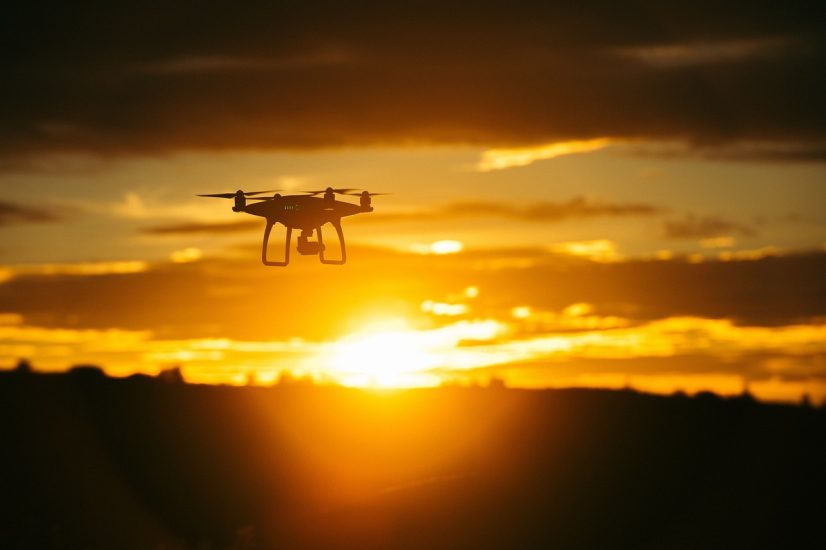The United States Department of Defense’s (DOD) Chief Digital and Artificial Intelligence Office (CDAO) is seeking demonstrations for sensors enabling increased and enhanced detection of one-way uncrewed aerial systems (OWUAS) that threaten US and partner forces.
CDAO is responsible for accelerating DOD’s adoption of data, analytics, and AI. The goal for this effort is to enable DOD warfighters to better detect, identify, and defeat hostile UAS within their vicinity by using heterogenous sensors integrated into a common interface. If successful, this process will complement existing sensors and improve force protection by providing early warning for personnel shelter and expanding the window available for kinetic and non-kinetic defeat.
Sensors will be required to augment existing sensor coverage and must integrate into a third-party interface for further analysis and correlation with other sensor data. All sensor types are welcome (including, but not limited to, EO/IR, acoustic, radar), low-cost/attritable solutions preferred but not required.
Sensors must aim to enhance and/or improve visibility of OWUAS flying closer than 7km or further than 25km to force location. They should enhance and/or improve visibility of Group 2 and 3 UAS size, and focus on Group 2 and 3 UAS speed (<250 kts) at a minimum, while the ability to also detect higher speeds (250 kts+) is encouraged. The sensors must have and demonstrate the ability to automatically and repeatedly transport and integrate data into a third party interface for visual display, analysis, and prosecution.
CDAO requires sensors that can be integrated into a command and control framework using a remote procedure call (RPC) standard provided by the third party interface. This framework is programming language-agnostic and derived from open source/well-known standards. Vendors will be expected to use a software development kit (SDK) provided by a third party interface, which uses a gRPC framework to send protocol buffers to the third party interface. Sensor participants will need to write a thin integration layer using the SDK for data ingestion, while taskable agents will conform to a command and control tasking API. Sensors will be expected to provide health/status reporting as part of data integration. An example code for sensor integration will be provided if the vendor is selected for Round 2.
For more information




